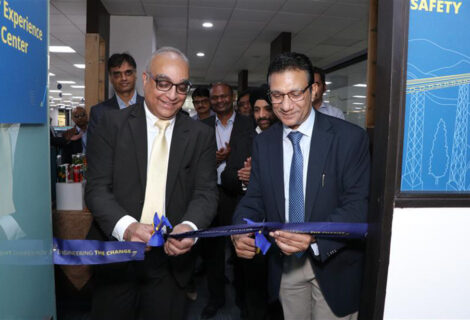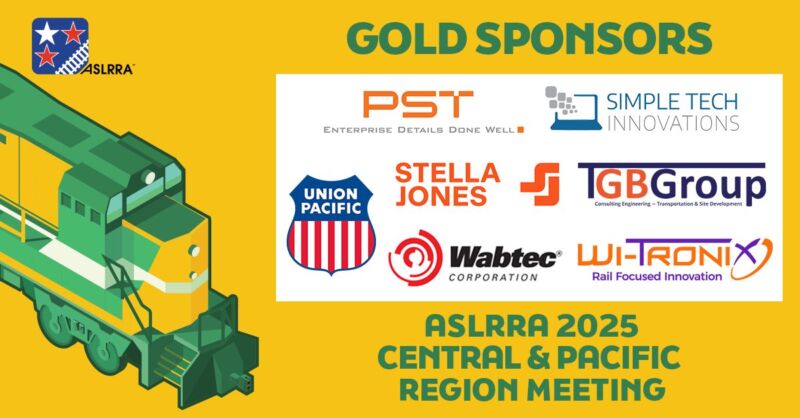We’re Getting New Requests in the Rail Tech World

Justin Snyder, PS Technology Senior Vice President of Product Development
First published in Progressive Railroading Magazine
We’ve seen a huge shift in what railroads are asking for over the last 18 months. It’s caused largely by a critical mass of both an understanding of technology’s potential and a top-down focus that is providing more cohesive, informed guidance than we’ve ever experienced. There are three core focus areas.
First, there is the realization that all these different silos of data, which railroads own, have a greater return on investment if they can be used for more than what they were created from. To do this, we create something called data lakes. It’s not a simple task, but the payoff for the railroad is huge. Essentially, it’s a process of merging all data into a common pool of information that can be accessed and stored just like before, but now, it can also be pulled into other applications.
The second ask is: automation of processes. Once all the data is unified, multiple programs, services, or digital tools can begin using it to build workflows. For example, calling crews automatically is great. But what’s possible before or after a crew is called? A ton of essential things are typically handled manually, such as checking to ensure qualifications are correct. If the qualifications are getting close to expiring, then scheduling training or recertification is part of the crew-calling process. So, in this case, an engineer might automatically be called for training instead of an actual run. The list of capabilities becomes impressive and includes drug and alcohol, return to service, specific route training, and much more. This is true for operations folks like TE&Y or non-ops working in the mechanical departments. Manual work hours are saved, errors are significantly reduced, digital paperwork records everything, and availability improves.
Finally, and maybe most importantly, is learning new things about the business itself as well as ramping up customer satisfaction. With all the data available, engaging services like Microsoft Business Intelligence for analytics becomes much easier and more beneficial. Being able to correlate training to better fuel efficiency or reduced broken knuckles becomes easy. Reviewing what happened to rail traffic and worker demand after the last hurricane is possible. Reveal attendance status to employees so they can self-manage their own availability better. Helping customers schedule service more easily based on car availability or informing the railroad quickly about car status are just a few possibilities.
Sound interesting? Let’s talk and see if there are some opportunities for improvement in your operation.
[For examples of where we are seeing growth, please visit this page about the services we are performing to make this happen.]





